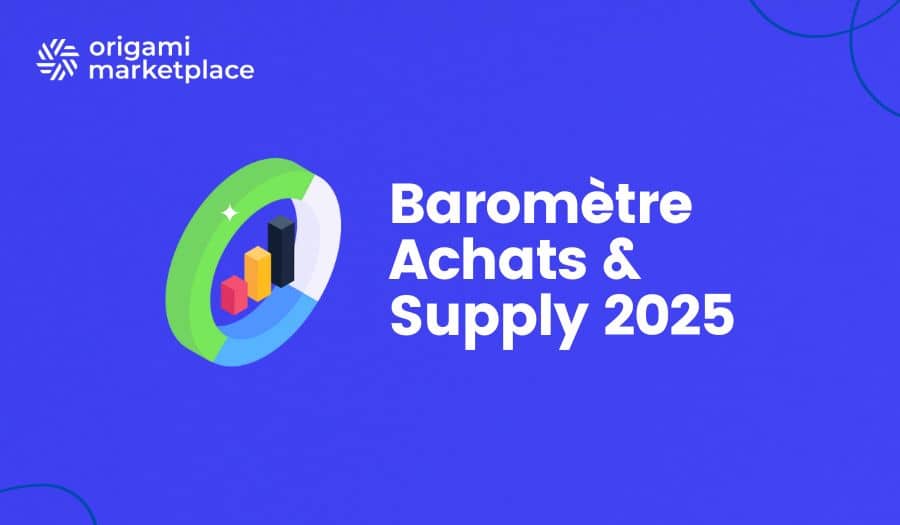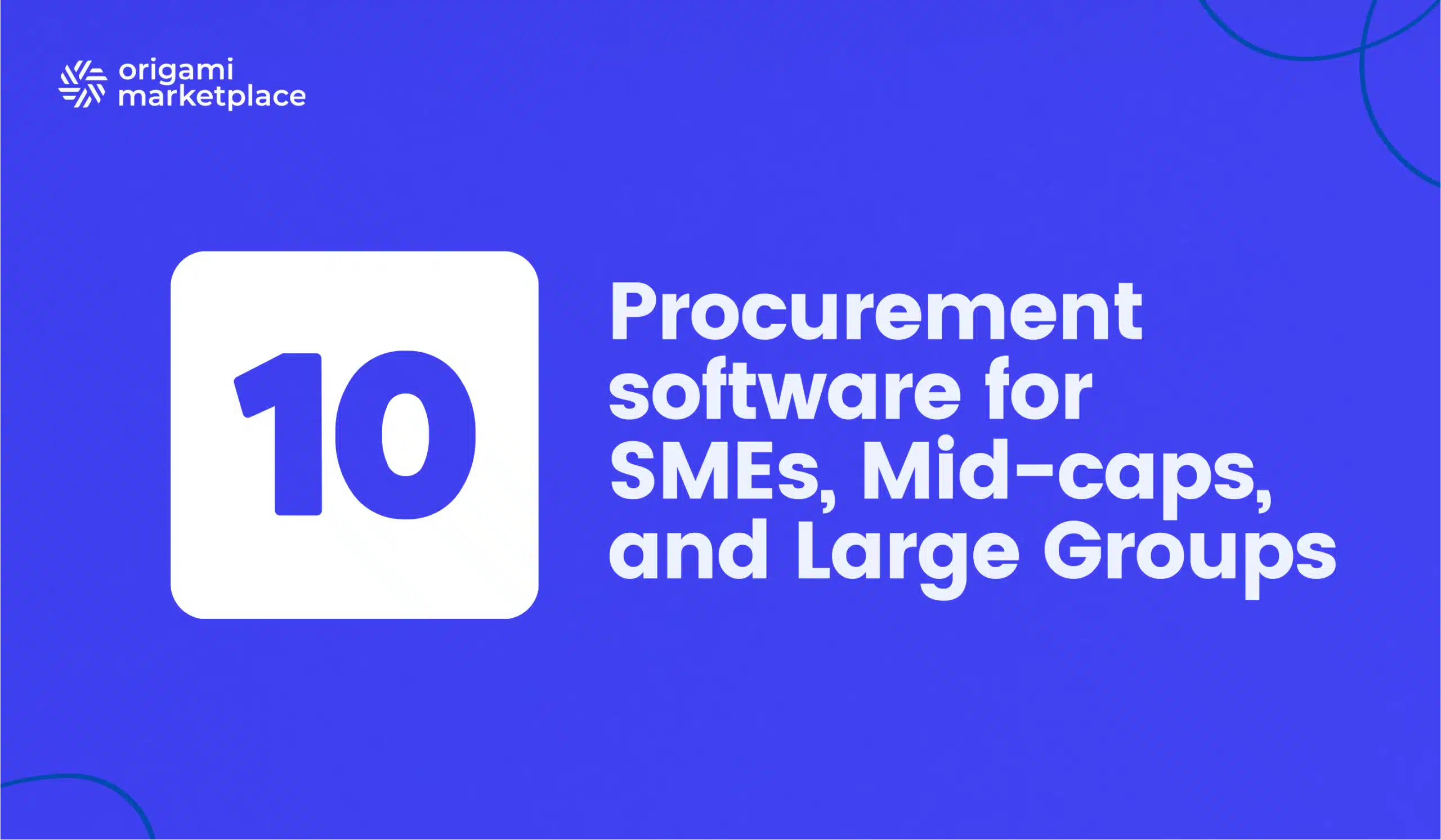Digitizing a Group Purchasing Organization: The complete Guide
- Arnaud
- 7 minutes reading
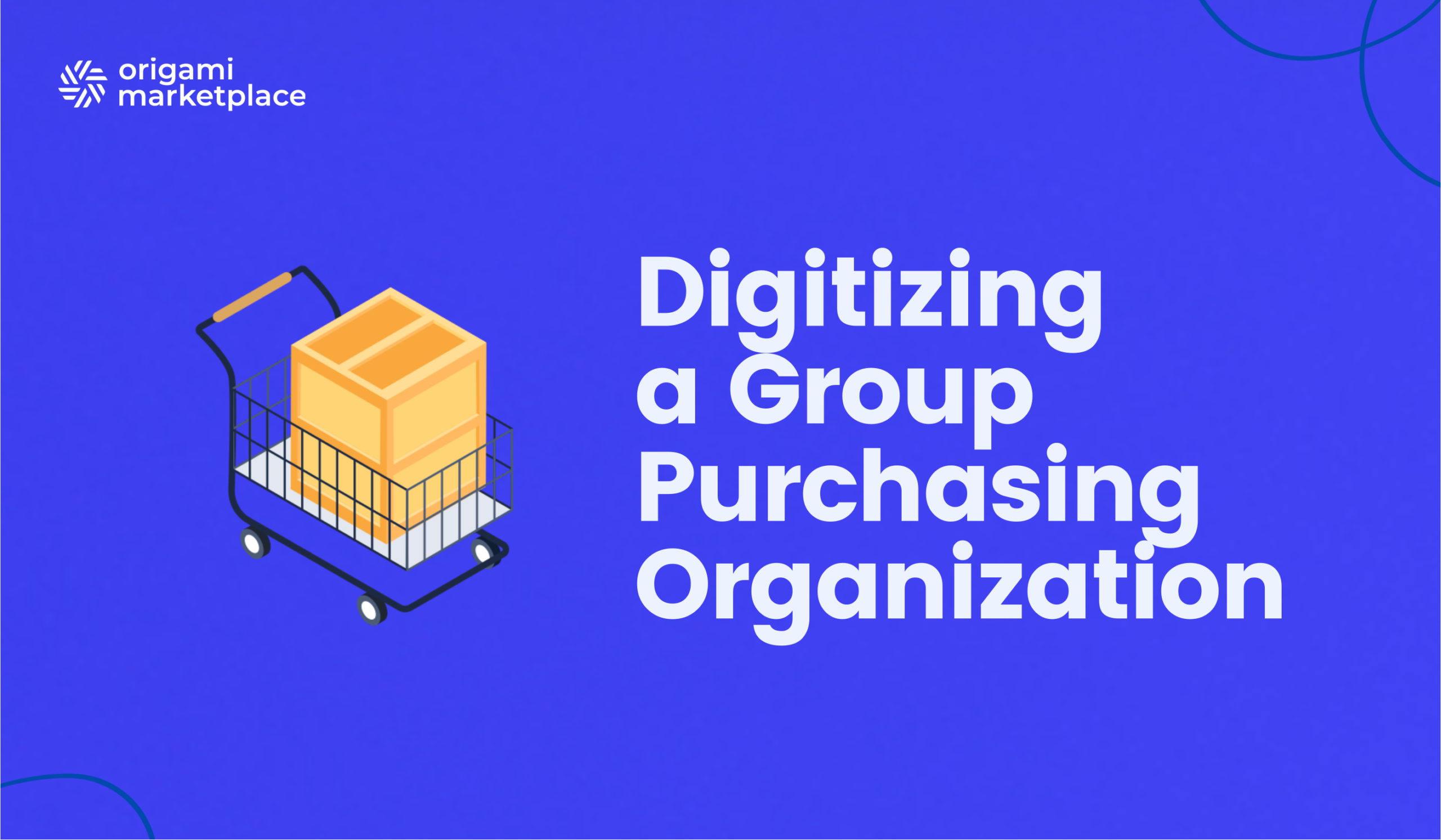
At a time when performance and agility are at the heart of business strategies, the procurement function is under constant pressure. For group purchasing organizations, which orchestrate the pooling of needs for dozens or even hundreds of members, traditional processes based on spreadsheets, emails, and phone calls are reaching their limits. To remain competitive, they must digitize their purchasing organization. This transformation is no longer an option, but a major strategic lever to optimize costs, improve productivity, and strengthen relationships with suppliers and members.
This article will guide you through the challenges, benefits, key steps, and essential tools to successfully carry out this digital transformation of procurement.
- What is a Group Purchasing Organization?
- Why digitize a Group Purchasing Organization?
- The 4 Key Steps to Digitize a Group Purchasing Organization
- What Tools for Digital Procurement? The Marketplace Solution
- Example of a Successful Digitization with Origami Marketplace
- The 7 Mistakes to Avoid During Digitization
- Towards Smarter Procurement Management
👋 Don't have time to read the whole article? Find the summary here.
1. What is a group purchasing organization?
A group purchasing organization (GPO) is a structure whose mission is to centralize and manage orders for a group of members (companies, franchisees, associations, etc.). By negotiating purchases in volume, it obtains much more advantageous pricing, logistical, and contractual conditions than a single member could achieve on their own. Its role is twofold:
- For its members: To simplify procurement, guarantee competitive prices, and provide access to a catalog of referenced and reliable suppliers.
- For its suppliers: To offer simplified access to a large network of customers and ensure more stable order volumes.
Historically, centralized purchasing management relied on manual, time-consuming, and often error-prone processes. The lack of real-time visibility and administrative burdens hinder responsiveness, a critical asset in today’s economic climate.
2. Why digitize a group purchasing organization?
The digitization of a GPO brings concrete and measurable benefits at all levels of the organization. It allows a shift from administrative management to strategic performance management.
- Productivity Gains and Automation of Procurement Processes: One of the most immediate advantages is the automation of procurement processes. Repetitive and low-value-added tasks, such as order entry, invoice validation, or delivery tracking, are handled by the platform. This frees up valuable time for procurement teams to focus on strategic missions: sourcing new suppliers, negotiating framework agreements, and analyzing performance.
- Cost Reduction and Purchasing Optimization: Digitization offers a 360° view of spending. By centralizing all data on a single platform, you can analyze purchasing volumes with unparalleled precision, identify opportunities for consolidation, and track the performance of negotiated contracts. This transparency enables continuous purchasing optimization, reduces “maverick” (off-contract) spending, and limits costly billing errors.
- Better Traceability and Strategic Management: To manage is to know. A digital platform provides dashboards and key performance indicators (KPIs) updated in real time. From tracking delivery times and order compliance rates to evaluating suppliers and analyzing spending by category, you have all the information you need to make informed decisions, anticipate risks (supply chain disruptions, supplier dependency), and adjust your procurement strategy with agility.
- Improved Supplier Relationships: Far from dehumanizing the relationship, digitization streamlines it. A dedicated supplier portal significantly simplifies interactions: autonomous updates of product catalogs, electronic submission of invoices, transparent payment tracking. For suppliers, the benefit is clear: less administrative burden and accelerated processes. For the GPO, it ensures reliable data and strengthened collaboration.
Discover how our multi-vendor purchasing solution can transform your procurement process into a strategic lever. Benefit from simplified management, better visibility on your expenses, and a rapid return on investment.
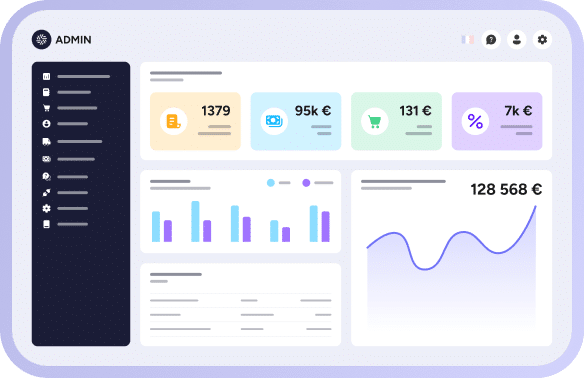
3. The 4 key steps to digitize a group purchasing organization
Knowing how to digitize a GPO requires a structured methodology. The success of your project will depend on meticulous preparation and the involvement of all stakeholders.
- Audit and Needs Analysis: Before talking about tools, you must talk about processes. This first phase consists of mapping your current purchasing flows (from need to invoice) and identifying friction points and bottlenecks. Interview your teams, your members, and even your strategic suppliers. What are their needs? Their frustrations? Then, define clear and measurable objectives (e.g., reduce order processing time by 50%).
- Choice of Tools (ERP, e-procurement, Marketplace…): The choice of the procurement management platform is the most structural step. Several options exist, from the procurement modules of large ERPs to specialized solutions. Your choice should be guided by the needs defined in step 1, your budget, and your ability to integrate the solution into your existing IT ecosystem. Beware of overly generic solutions that may not be suited to the multi-member, multi-supplier model of a GPO.
- Integration of Supplier Data: The value of your platform lies in the richness and reliability of its data. This step involves centralizing and standardizing crucial information: product catalogs, negotiated price lists, contracts, legal information, etc. The best solutions offer portals where suppliers can integrate and manage their own data, thus ensuring that information is always up-to-date without overloading your teams.
- Training and Change Management: A tool, no matter how powerful, is nothing without user adoption. The process of digitizing centralized purchasing must be accompanied by a robust change management plan:
- Communication: Explain the “why” of the project and the expected benefits for everyone.
- Training: Organize sessions tailored to different user profiles (managers, members, suppliers).
- Support: Implement technical and functional support to guide users in their first steps.
Before choosing a tool, take the time to understand your processes and your users. A successful digitization project always starts with a good on-the-ground diagnosis.

Alexandre Duquenoy
→ Chat with our expert
4. What tools for digital procurement? The marketplace solution
The market offers several families of tools for GPOs. While ERPs (SAP, Oracle) and e-procurement solutions (Ivalua, SynerTrade) have long dominated, one model is now emerging as the most agile and best-suited solution for the specific needs of GPOs: the marketplace.
Unlike traditional tools that are sometimes rigid and expensive to customize, a marketplace solution like Origami Marketplace is natively designed to manage the complexity of a multi-supplier and multi-member ecosystem. It integrates all the necessary functionalities into a single platform:
- Simplified supplier management: A portal allows suppliers to register, manage their catalogs autonomously and without limits, and track their orders and invoices.
- Personalized member experience: The platform allows for member segmentation and adapts catalogs, prices, and commercial conditions for each group.
- Automation of business workflows: Order and payment validation workflows are integrated, and all accounting documentation is generated automatically.
- Flexibility and modularity: Advanced modules (request for quotation, tender management) can cover the entire purchasing cycle (e-sourcing and e-procurement).
In short, Origami Marketplace is not just a piece of software, but a true procurement management platform that transforms the GPO into a high-performing digital hub, simplifying life for its entire network.
5. Example of a successful digitization with Origami Marketplace
Theory is one thing, but concrete results are another. Here are two perfect examples of a GPO digitization carried out successfully with marketplace technology.
Case Study 1: Orpi and its “Orpi Market” platform
The Challenge: France’s largest real estate network wanted to centralize and optimize purchasing for its 1,350 agencies. A lack of spending visibility and supplier dispersion represented a significant loss of potential savings.
The Solution: Orpi launched Orpi Market, a digital GPO based on the Origami Marketplace solution. The platform centralizes offers from referenced suppliers (signage, office equipment, etc.).
The Results:
- 52% of Orpi suppliers integrated in less than three months.
- 1,350 agencies use the group’s new purchasing platform.
- A new source of revenue for the network through commissions on sales.
- A very high satisfaction rate among agencies, which benefit from negotiated rates and a simplified ordering process.
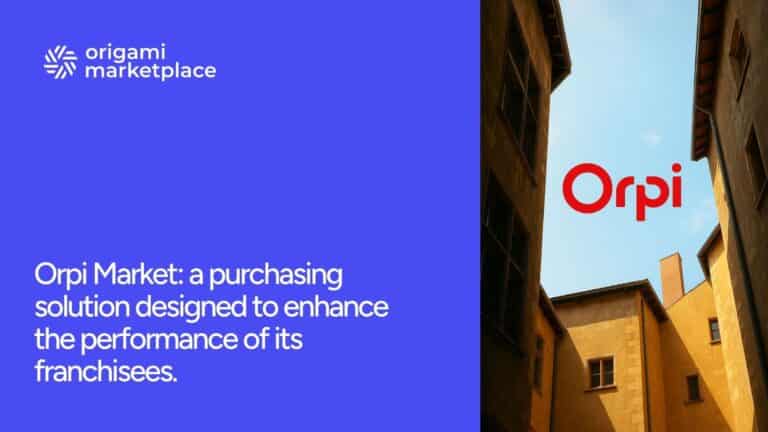
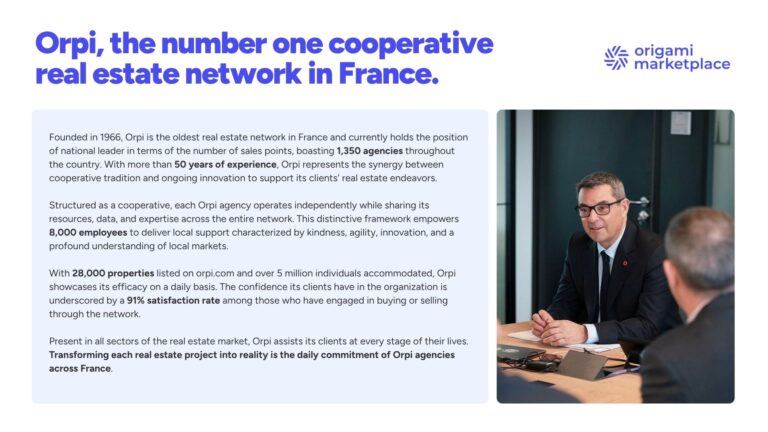
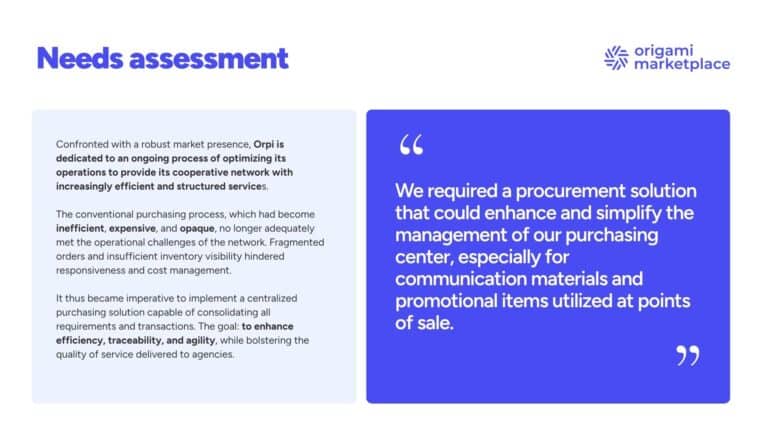
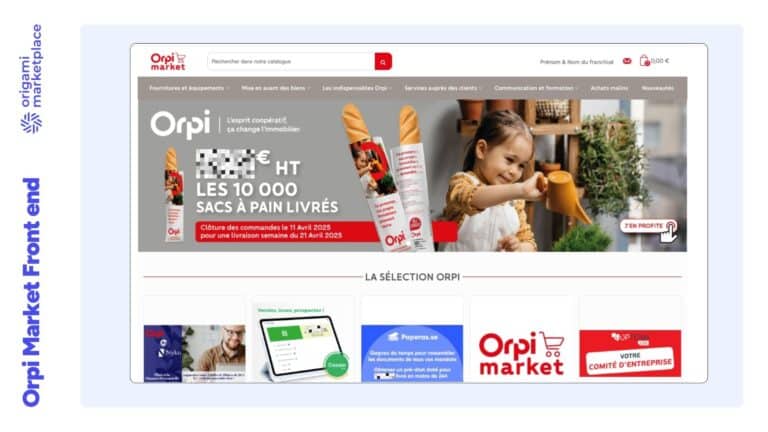
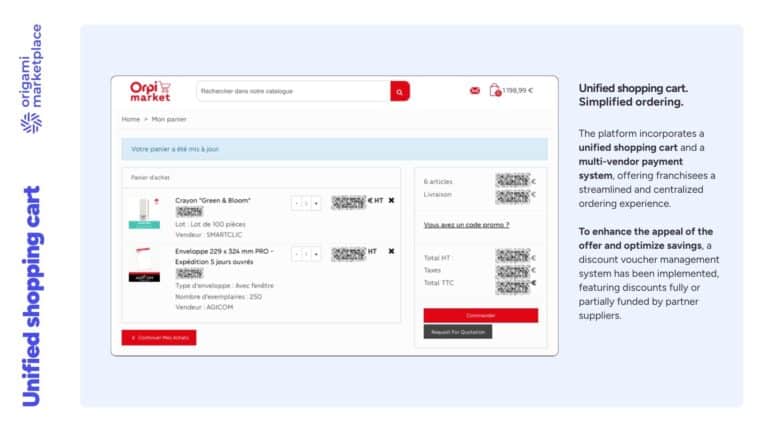
Case Study 2: The French Tennis Federation (FFT) and its “Proshop FFT”
The Challenge: The FFT wanted to modernize its service to 7,500 affiliated clubs by replacing a cumbersome B2B paper catalog with an efficient digital solution.
The Solution: The Proshop FFT platform, powered by Origami Marketplace, was created. It is an online purchasing and referencing center where clubs can order all the products necessary for their activity (balls, teaching equipment, court equipment) 24/7 at preferential rates.
The Results:
- 100% automated process for clubs, leagues, and suppliers.
- Increased efficiency for suppliers who manage their catalogs completely autonomously.
- Value creation for the FFT and its clubs, who optimize their purchases and their time.
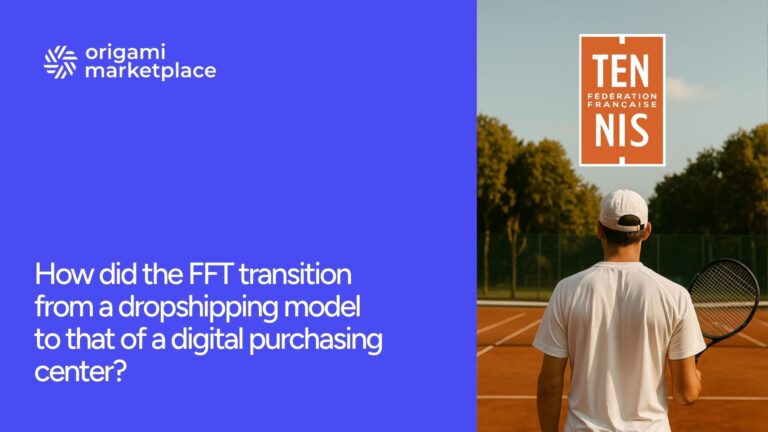
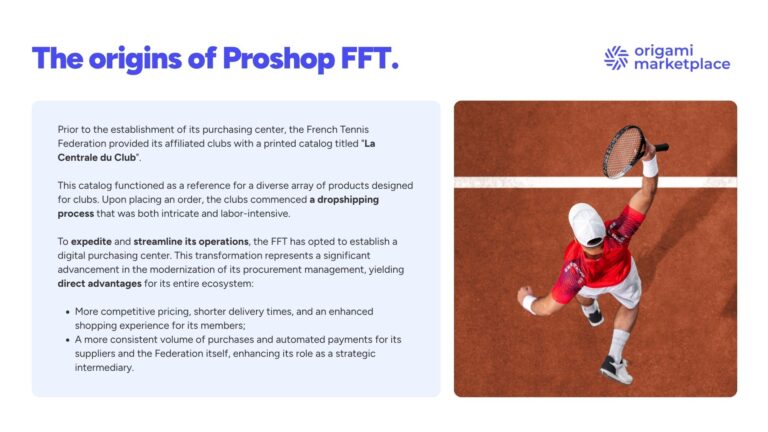
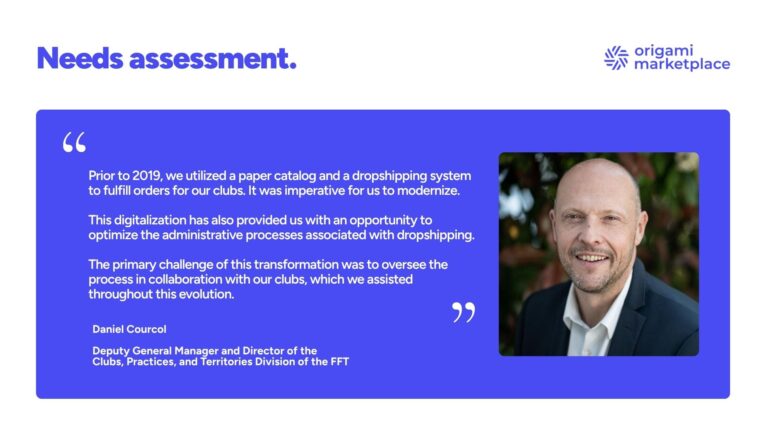

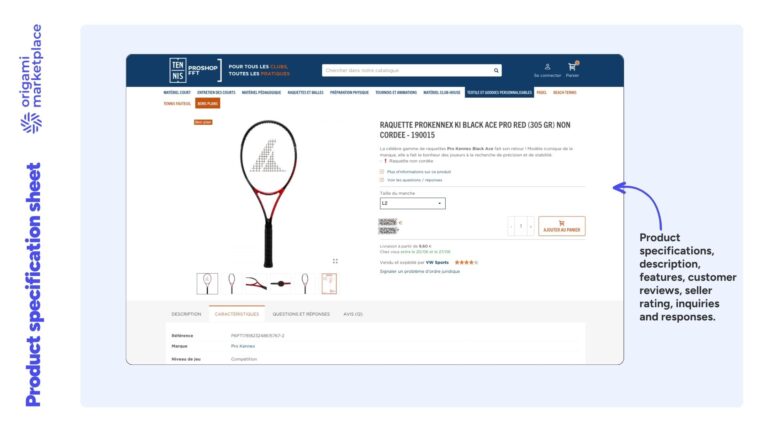
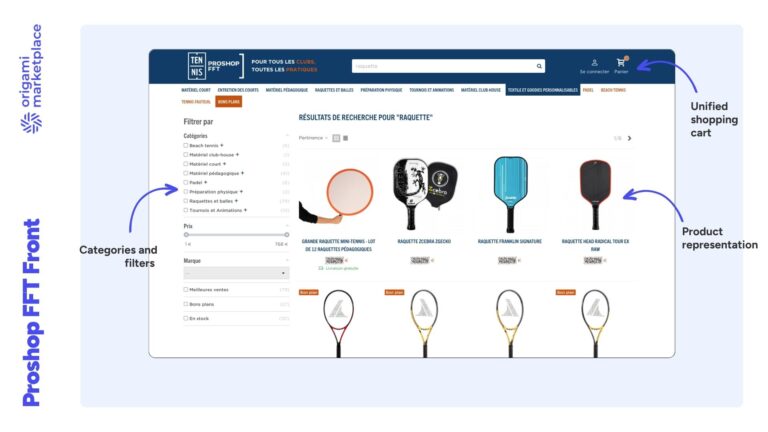
6. The 7 mistakes to avoid during digitization
A digitization project is a journey fraught with pitfalls. Here are the most common ones:
- Choosing a tool before defining the need: Don’t let technology dictate your processes.
- Underestimating change management: Human resistance is often the biggest obstacle.
- Forgetting to involve end-users: Designing a solution without members and managers is a recipe for failure.
- Neglecting supplier involvement: Their buy-in is key to rich catalogs and smooth processes.
- Trying to do everything at once (the “Big Bang” effect): Opt for a gradual approach (MVP, pilot project) to test, learn, and adjust.
- Poorly defining success metrics (KPIs): Without clear objectives, it’s impossible to measure the return on investment.
- Isolating the platform from the rest of the IT system: Integration with the ERP or accounting tools is essential for a fluid value chain.
Towards smarter procurement management
Digitizing a group purchasing organization is much more than a simple technological upgrade. It is a profound transformation that redefines the role of the procurement function, shifting it from a cost center to a strategic value creator. By automating tasks, offering full visibility on spending, and streamlining collaboration, digitization unlocks immense performance potential.
Modern and specialized solutions like Origami Marketplace have proven their ability to accelerate this transformation. They provide the agile and robust technological foundation needed to build a GPO 2.0: connected, data-driven, and fully focused on serving its members and the performance of its ecosystem. The future of centralized purchasing is digital, and it is being built today.
Don't have time to read it all? The essentials in 60 seconds.
Digitizing a GPO means moving from manual management to strategic control. The benefits are concrete: task automation, cost reduction, better traceability, and reinforced supplier relationships.
The 4 key steps:
- Audit your current processes to identify real needs.
- Choose the right digital solution, like a marketplace, adapted to a multi-supplier/multi-member model.
- Integrate and ensure the reliability of supplier data.
- Manage the change with training and communication.
- To avoid: rushing into technology, neglecting users, or attempting a “big bang” without a pilot project.
- The result: more efficiency, more savings, and a procurement function that becomes a real performance lever.
👉 Need a turnkey solution? A solution like Origami Marketplace simplifies the entire purchasing ecosystem by centralizing flows, suppliers, and members on a single platform.
